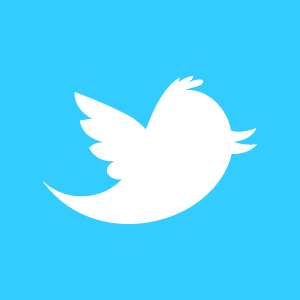NBHAAD’s New Media Outreach Explodes Under “The New Normal”
Topics

Editor’s Note: This is the second post in our series looking at how social media has been used to support national health observances. As our readers plan for upcoming observance days including National Black HIV/AIDS Awareness Day 2015, we encourage you to check out all our HIV/AIDS Awareness Day posts.This year marks the 14th year of observance of National Black HIV/AIDS Awareness Day (NBHAAD)Exit Disclaimer. We are excited about the accomplishments of this important community mobilization movement. Our efforts have reached and achieved new levels of outreach using social media as evidenced by the 182% growth in Twitter followers compared to 2013. We didn’t exactly shut down Twitter (like Ellen DeGeneresExit Disclaimer) but we trended nationally during our Twitter Town Hall event that took place on Friday, February 7, 2014.
In 1999, NBHAAD was observed in 12 highly impacted cities using printed materials, print media, national spokespersons and webcasts. Fast forward to 2013 when NBHAAD became more social media savvy, we were able to establish “real” connections with all 50 states through our website (www.NationalBlackAIDSday.orgExit Disclaimer), Facebook, and Twitter chat town hall.
Communities mobilize very differently today than 14 years ago. The “New Normal” refers to how we communicate and drive social change using social media. Social media has become like oxygen for all communities but especially among communities of color.Pew Research Center dataExit Disclaimer reveals that African Americans are the largest users of Twitter, Facebook, and Instagram. Research also shows African Americans are also more likely to follow or friend celebrities or athletes. The 2014 NBHAAD campaign efforts and outcome were evidence of these statistics. Each year the NBHAAD Strategic Leadership Council (SLC) has applied best practices for mobilizing African American communities. This year’s design incorporated multiple social media outlets (Facebook, Twitter, Tumblr, Internet-Radio, Vine) with special emphasis on ensuring that text and images were includedExit Disclaimer.
Users of social media are more apt to share, like, and retweet messages when images are present. We also made better use of our national spokespersons in social media presences and celebrity tweets (e.g. Keri Hilson).
NBHAAD still has more to learn on how to apply social media as a valuable communication tool. We would enjoy and appreciate learning from your experiences.
How did you use new media to support HIV awareness days? Please add a comment below.